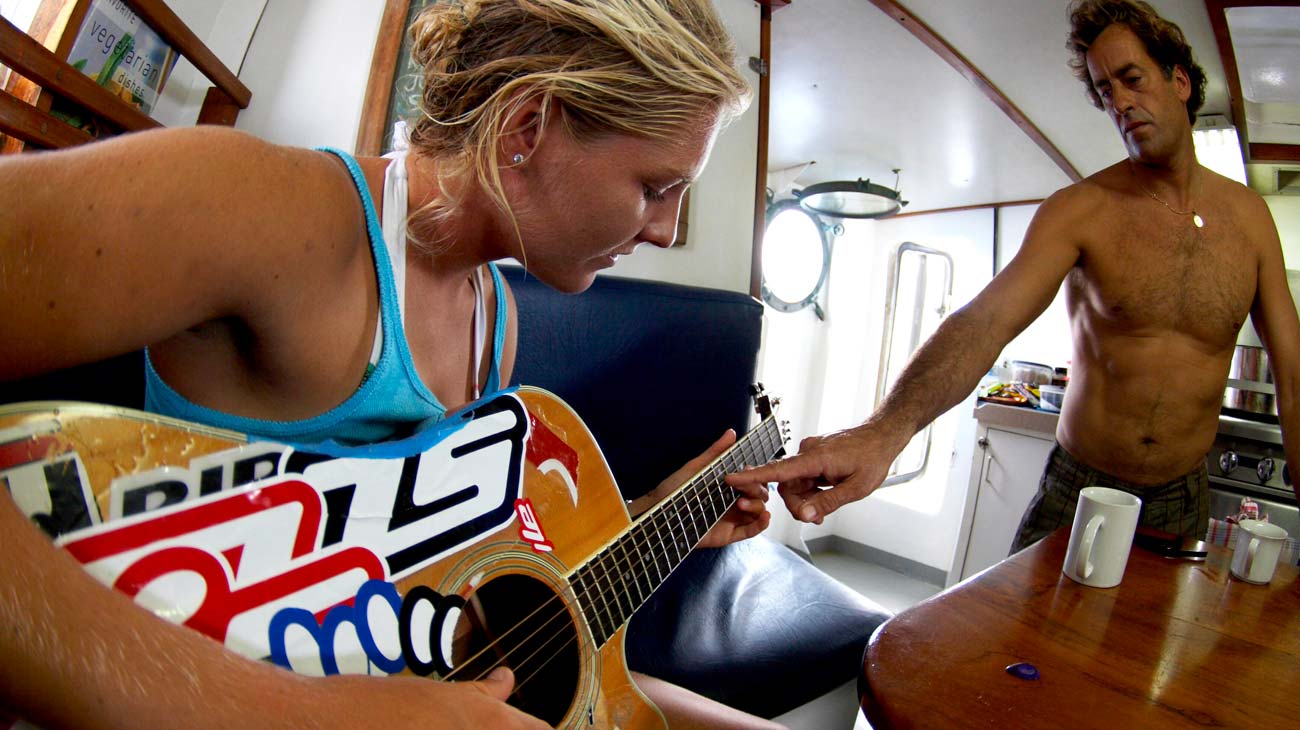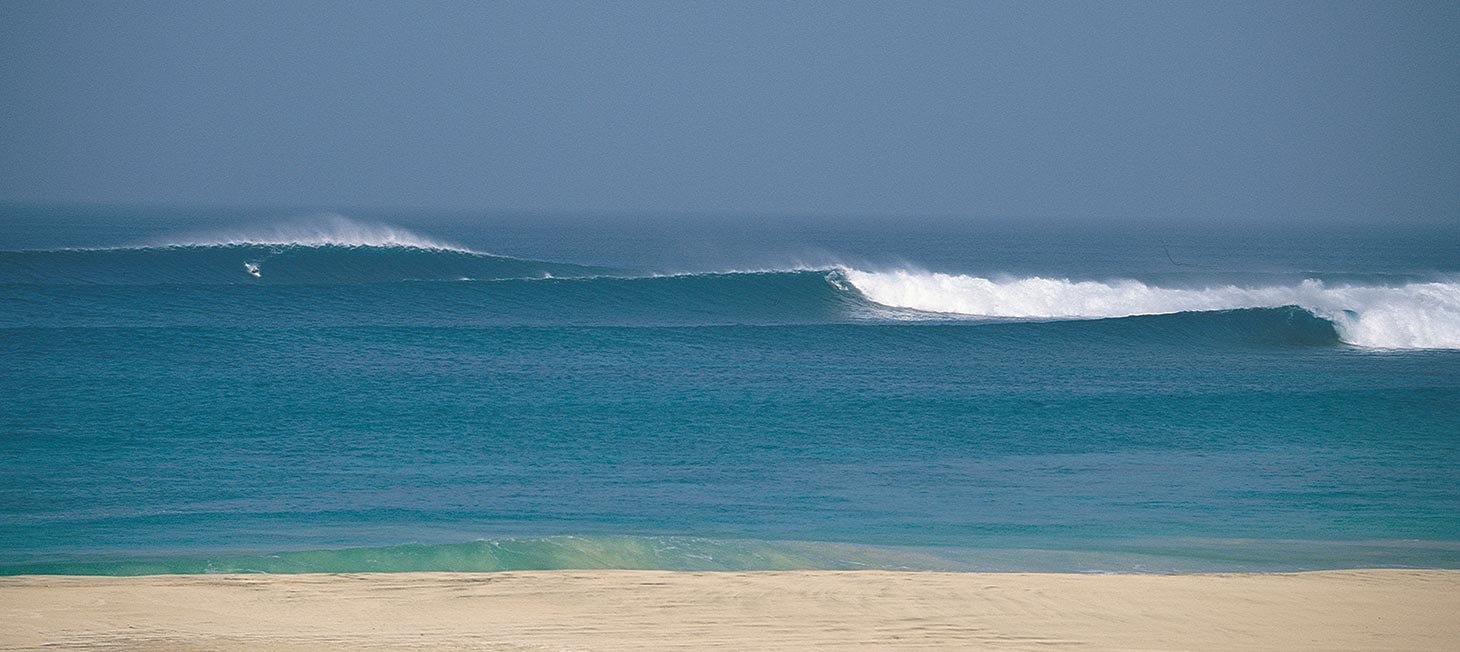History Of The Search
Nothing Quite Says Rip Curl like The Search...
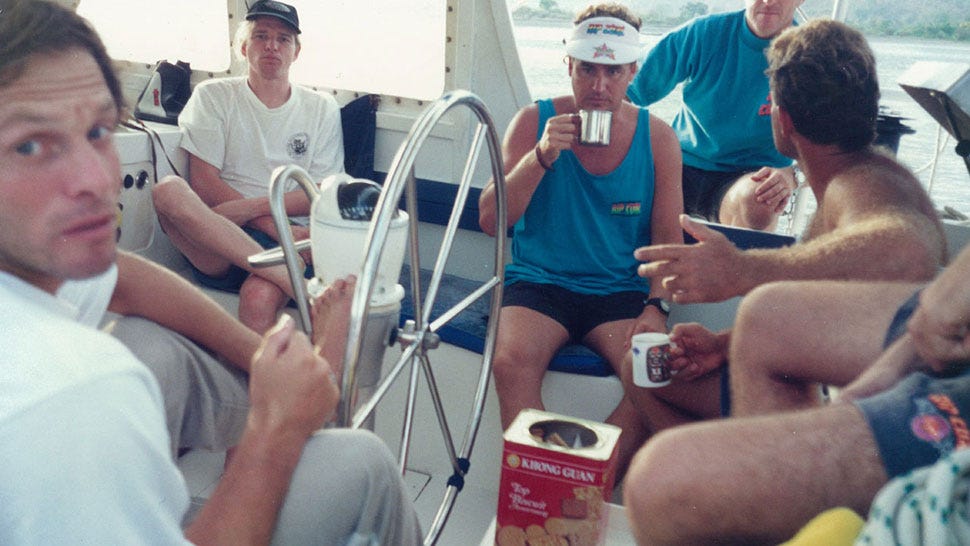

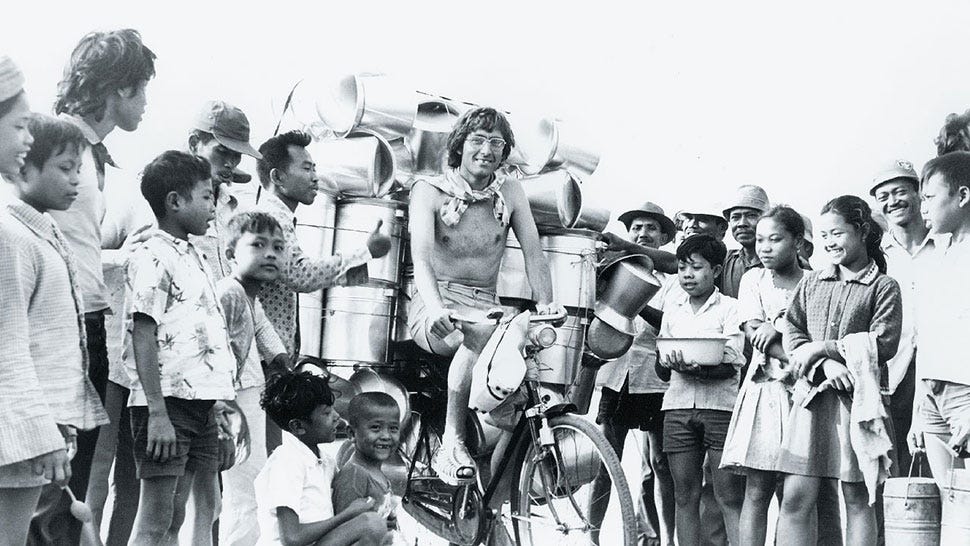

Rip Curl was well established by the late 80s. But a lot had changed since Brian Singer and Claw Warbrick founded the company in 1969. What it meant to be a surfer seemed to have been flipped on its head.
“We were looking for a way to describe ourselves to surfers and customers which illustrated who we really were as a group of people,” says Brian. “How we had always been and how we wanted to continue to be at Rip Curl.”
When Brian and Claw started, surfboards were shortening dramatically. The freedom movement of the early 70s encouraged people to live the life of travel and adventure. Many surfers moved out of the cities to live on farms, or in tree houses. Alby Falzon’s Morning of The Earth captured the ethos of this era perfectly.
But, a play-hard lifestyle still had its appeal. In 1973, The Bells Easter Rally became the Rip Curl Pro. Even the hippies realised it was acceptable to express yourself in a contest and earn a few dollars for the after party. Michael Peterson, Rabbit Bartholemew and others were busting down the door, turning surfing into a profession.
The ’80s ushered in a full-blown appetite for excess and fast-paced hedonism. Fluro-boardies rocked the beach. The ASP took a new world-surfing tour to the planet. Contests equaled points and points equaled cash.
At the time, Brian and Claw had many philosophical discussions about surfing culture. Where was it heading? How could they read the winds of change and stay ahead of the pack?
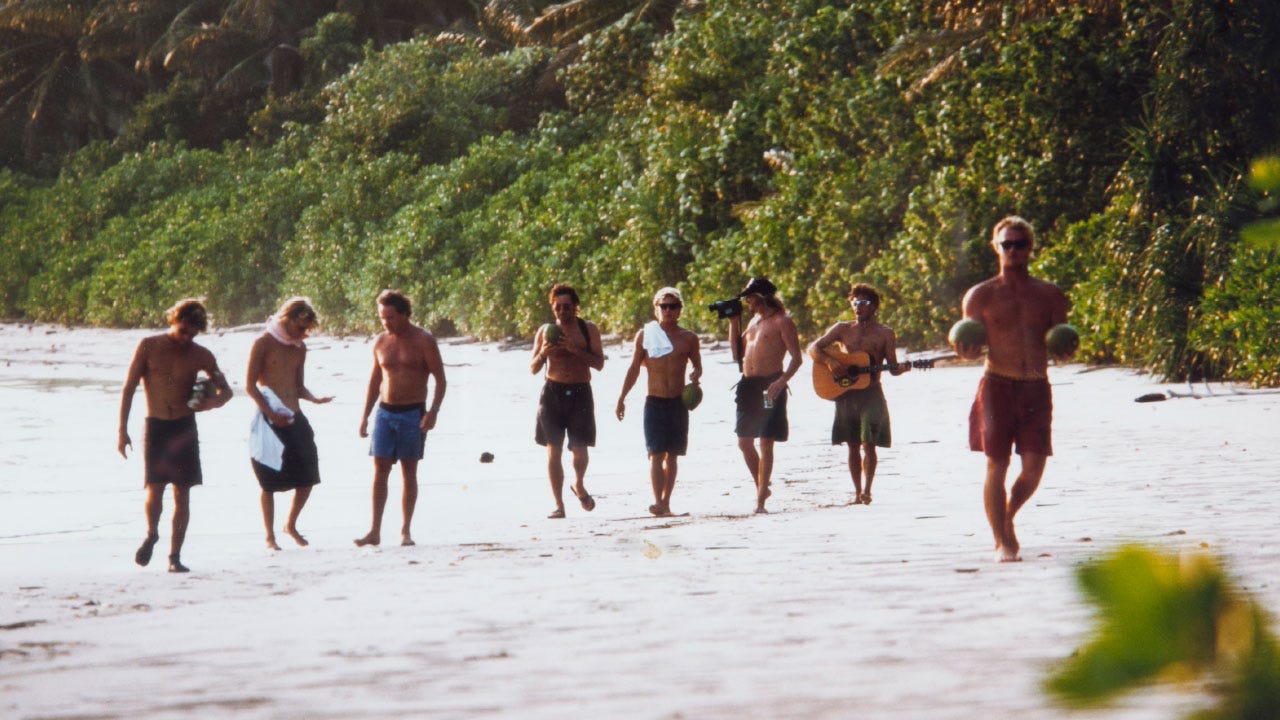

“We thought that after a decade of greed and money, money, money in the ’80s that people might reject that in the ’90s and in some way go back to some of the values of the ’70s,” says Brian.
“And underneath we genuinely believed that the true spirit of surfing and the behaviors of surfers and what they really liked, had not changed all that much,” adds Claw.
The pair tested these ideas with advice from magazine editors around the world. They spoke with the likes of Steve Pezman and Jeff Divine at Surfer, Bob Mignona and Larry “Flame” Moore at Surfing, Bruce Channon and Hugh McLeod at Surfing World and Gary Dunne at Tracks. Everyone was in agreement. Surfers were, at heart, about adventure and good times. There was still nothing better than escaping the crowds to find an empty line up with just a few friends. Experiencing different cultures. Escaping the 9 to 5 rat race. Hunting for undiscovered waves. Maybe finding a party or two along the way.
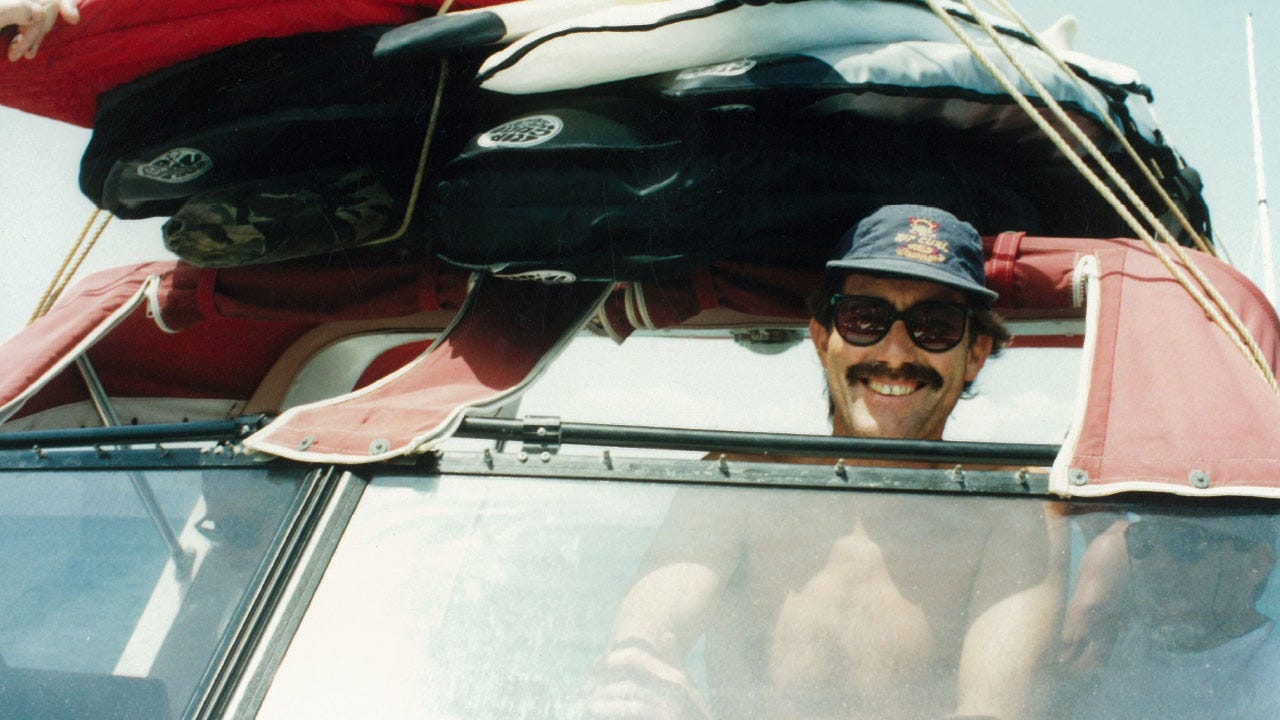

The name ‘The Search’ was decided on as the best way of summing up what they were trying to say. "It was perfect. We had always been on The Search," Brian adds. "We just didn't know what to call it until then!"
Returning to Torquay, they knew they had the right direction. Rip Curl's "surfer at large" Derek Hynd helped brief photographers and subsequently conceived the "Search Sessions" idea. This was a bus of young surfers traveling the coast, picking up other young guys and girls along the way, surfing it out on local beaches and partying after. This evolved into GromSearch, still an international series for groms today.
The first "teaser ads" depicting a new, cryptic "Search logo" ran in February and March Tracks in 1992. The "perfect lineup" Search ads followed with idyllic settings and flawless, uncrowded waves, connecting with surfers worldwide immediately. Young and older surfers alike knew instinctively what the feeling was. What it meant to live The Search.
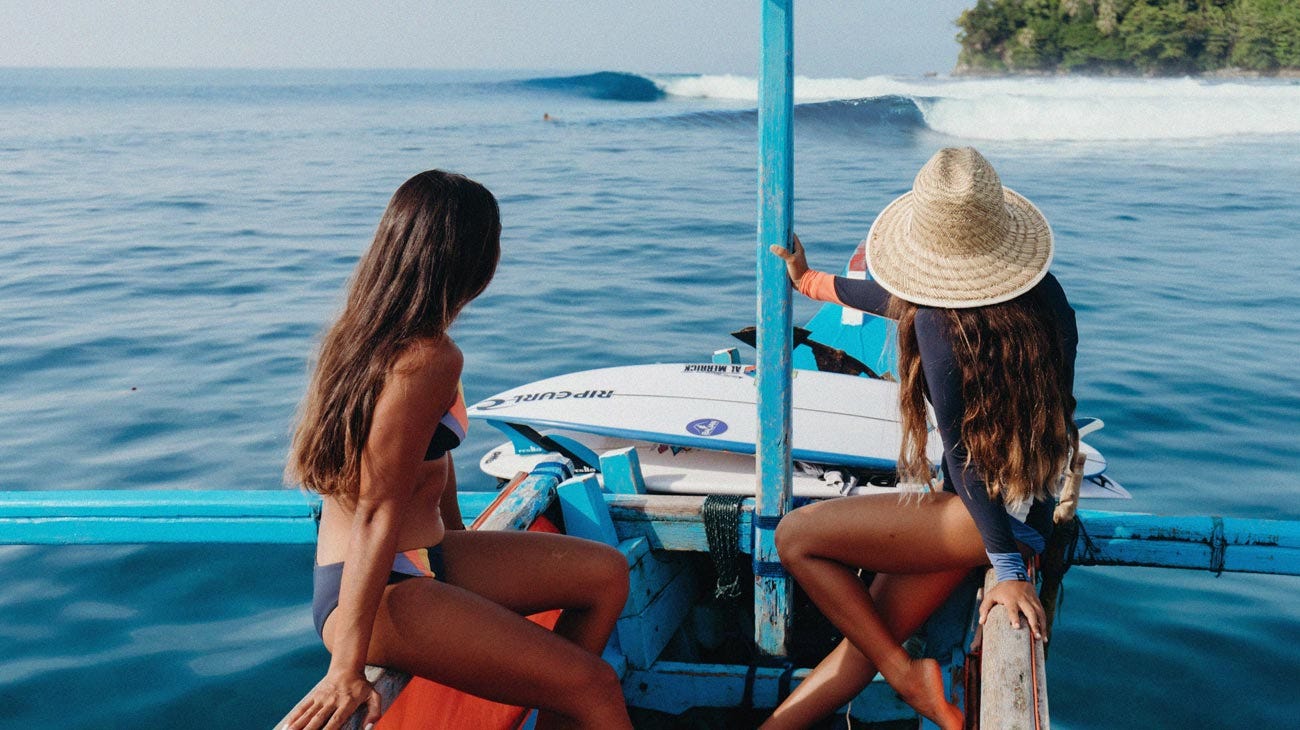

Sonny Miller's first Rip Curl film The Search – an Indian Ocean Sojourn was also released around this time. The masterpiece redefined surf films, with more cult classics following in Beyond The Boundaries, Feral Kingdom and more. The campaign went hard as the main advertising vehicle for the brand over the next few years. It has been a constant source of inspiration and brand communication since.
Fast forward to today and Rip Curl continues to inspire the next generation to pack their bags and Live the Search. Things might look a little different, evolving with the times, but that adventurous core remains. Surfers driven by their insatiable curiosity to discover hidden gems scattered around the far edges of the earth. Driven to see what’s around the next corner, across that reef pass, what swell this massive storm might produce, who they might meet – all to discover an unforgettable ride.
The Search Never Ends...
